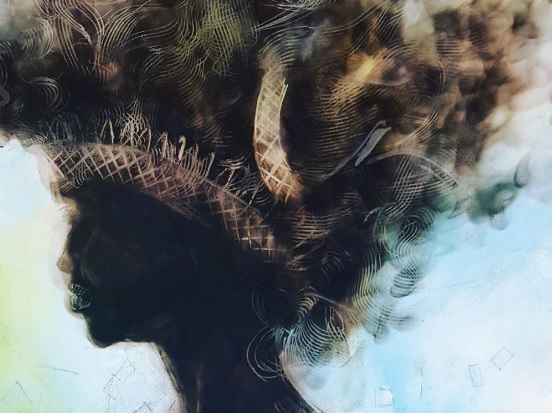
All about art mentorship, not teaching
Kampala, Uganda | DOMINIC MUWANGUZI | What can an average art graduate do with twelve bottle-tops? Perhaps, they will look at them idly and think that they’re useless. However, this is not the case with one art graduate who used the twelve bottle-tops to sculpt a tortoise and sell it for a paltry UGX5000 at a local crafts market. Impressed by his creativity, the dealer asked him to make five more and when he presented them to him, he further commissioned him to make twenty more. Of course, by now he had made good contacts with the merchant and more contracts kept flocking in and the rest is history. Such unique enterprising approach is glaringly missing in many of today’s art graduates who wait until they can exhibit at a major art gallery to make money. If such an opportunity never comes, they are forever destined to curse the art discipline as not profitable and grudgingly look for another avenue to eke a living.
The present art curriculum is not helping much to solve the trend of unemployment of art graduates. Instead of equipping students with hands on skills through industrial training and encouraging experimentation and innovation through group methods of mentorship, they are subjected to consumption of art material and memorising it in order to pass exams. It’s upon such background that vocational training becomes relevant to reconcile this disparity of art teaching. And that is where Tadooba Gallery comes in.
It presents a unique approach to art training that emphasises participatory aspects of art mentoring and training for secondary school students, under-graduates and graduates. Each participant is given an opportunity to explore their artistic sensibilities through residence programs, studio learning, academic art programs, entrepreneurial short-courses and student assessment programs. In the latter instance, students are evaluated based on the specific projects or enterprises they have set-up resulting from industrial training.
Tadooba’s emphasis on vocational training also aims to bridge the gap between community, academic research, and development of practical ideas. It is designed as an attitude process for the individual.
As example, learners at the institution are obliged to spend less time in class, and concentrate more on field work and industrial training.
They must do multi-disciplinary projects that solve existing community problems like housing construction, manufacturing of scholastic materials like chairs, beddings and tables, design company artworks like logos, billboards and signage, and sculpt public monuments. This innovative methodology inspires the nurturing of an independent art graduate who can economically sustain himself in the fast changing global world without seeking favors from his benefactors or friends.
“The idea is to create an unprecedented approach to art learning through mentorship and not teaching,” says Weazher Mayanja, founder of the institution, “Mentorship will enable the learner to be participatory while learning and not grasp information only to pass exams.”
Tadooba Gallery aims to go beyond exhibiting art and providing residence for already established and young artists; it aims to enable an overhaul of the approach to learning art. The idea is to prepare artists for a demanding and competitive industry that requires creative individuals that can respond to a world that is fast transforming. Its relevance to tackling unemployment cannot be underscored.
*****
Tadooba gallery is an initiative of Mayanja Weazher a multi-disciplinary artist who’s inspired by the concept of Tadooba flames in his Art, but also the community. He is also an educationist, lecturer at Kyambogo University Faculty of Art and Design. Tadooba gallery is located after Mukono town in Nangwa-Butwalo.
 The Independent Uganda: You get the Truth we Pay the Price
The Independent Uganda: You get the Truth we Pay the Price



